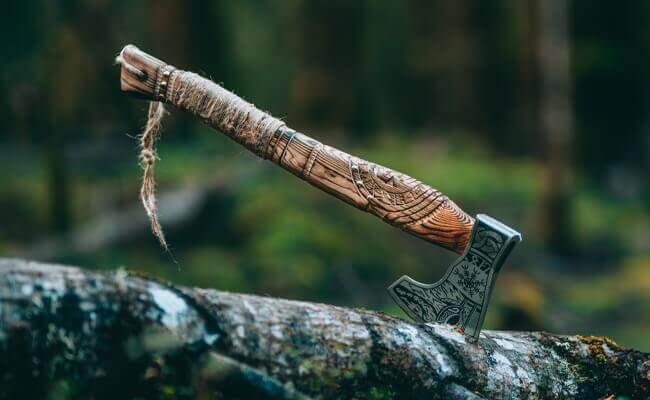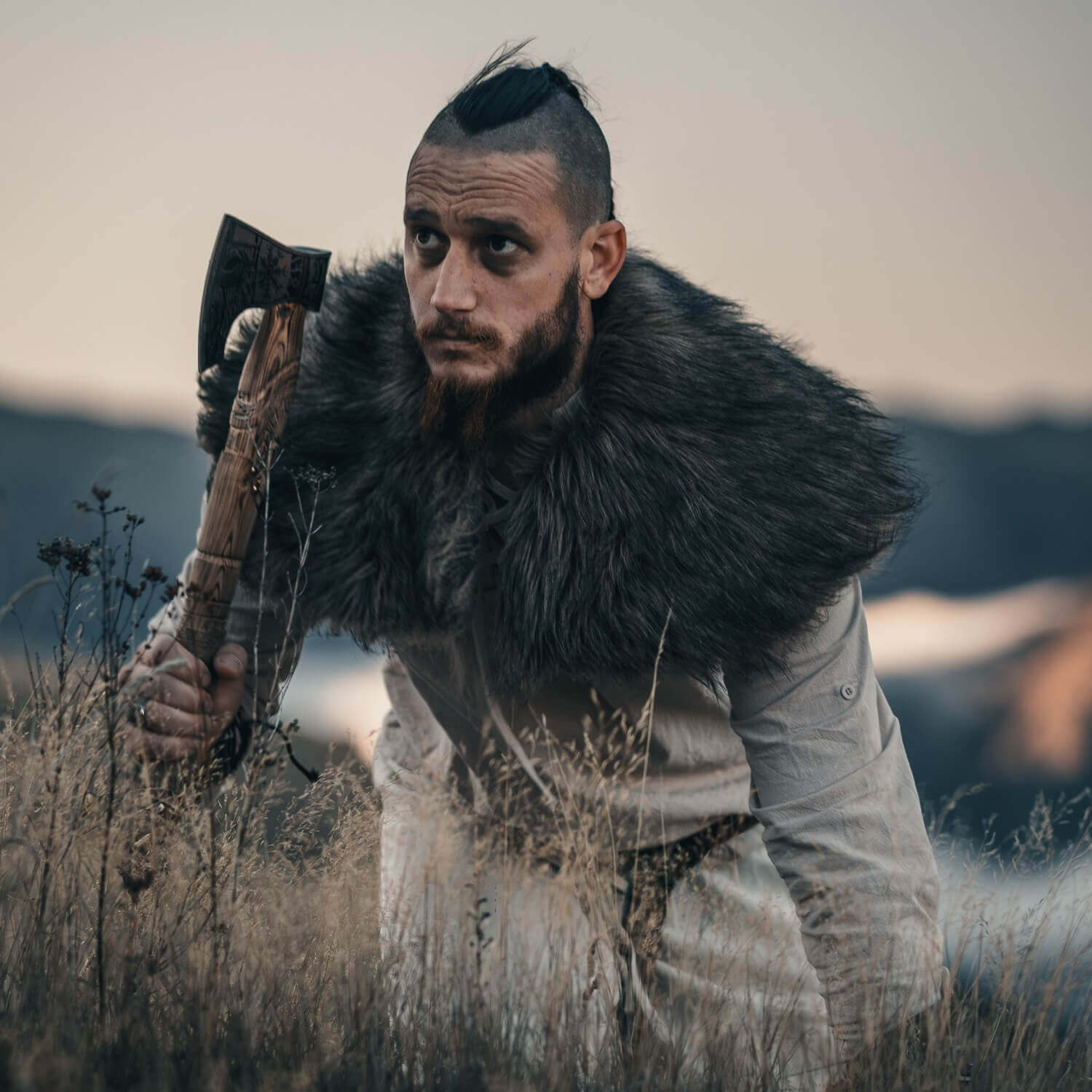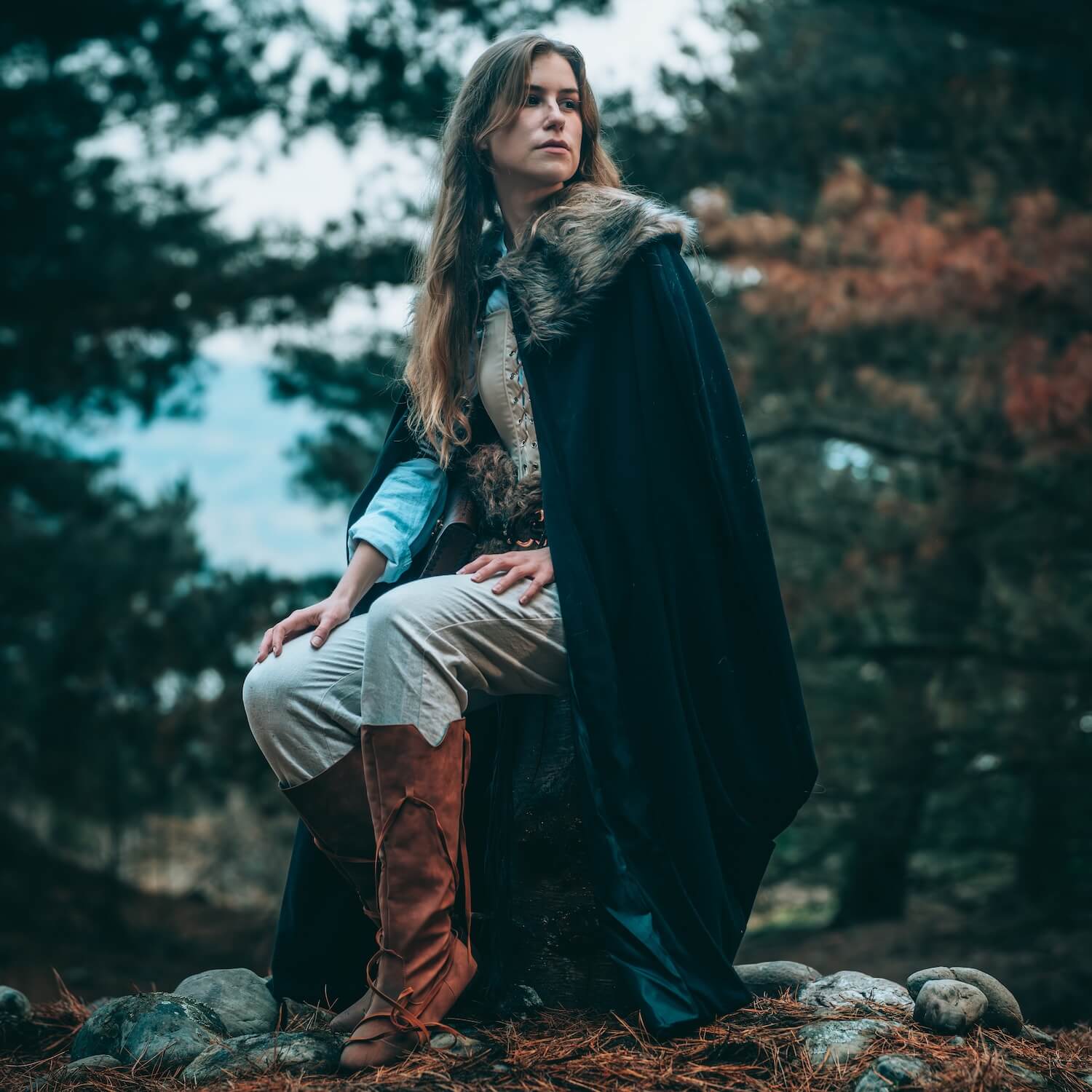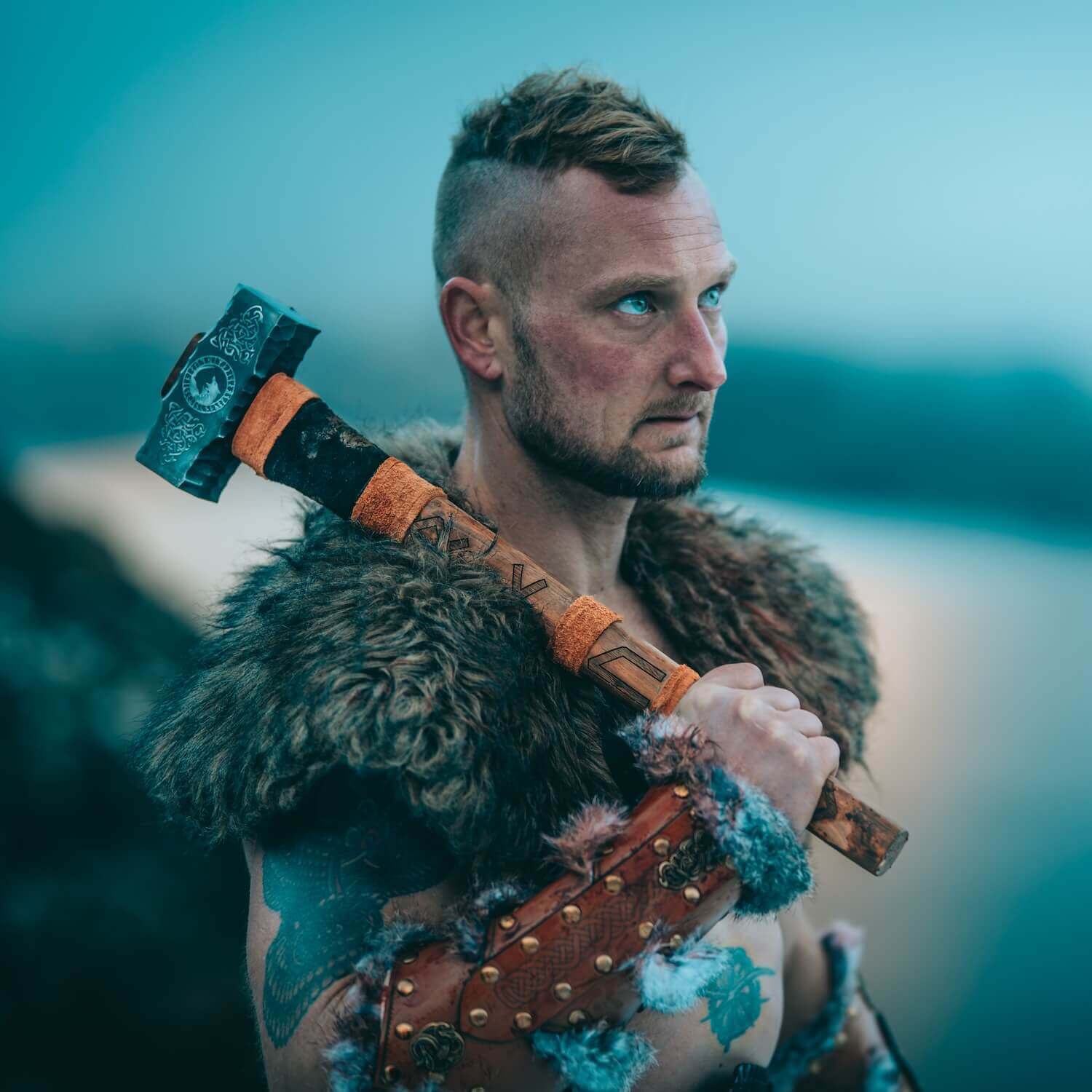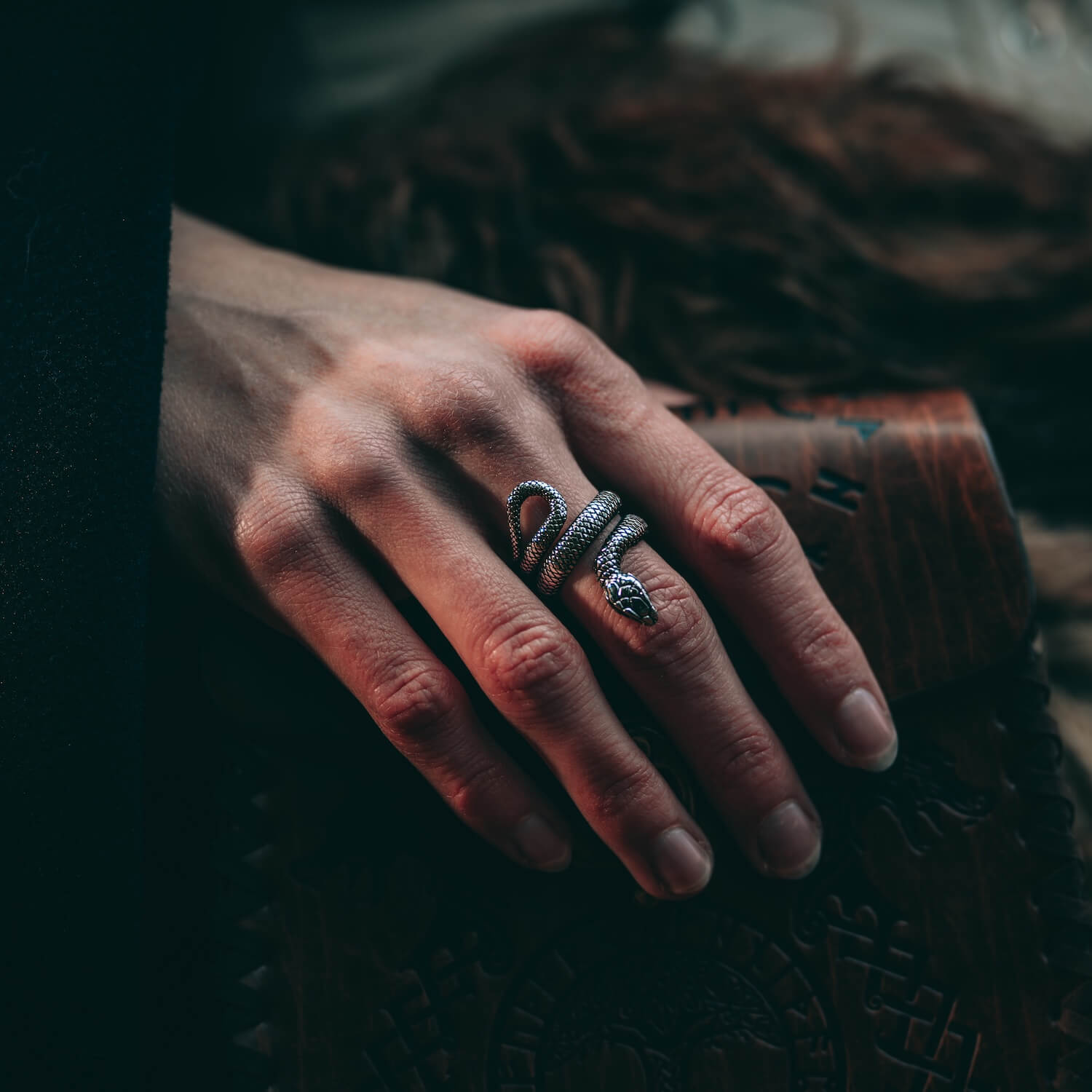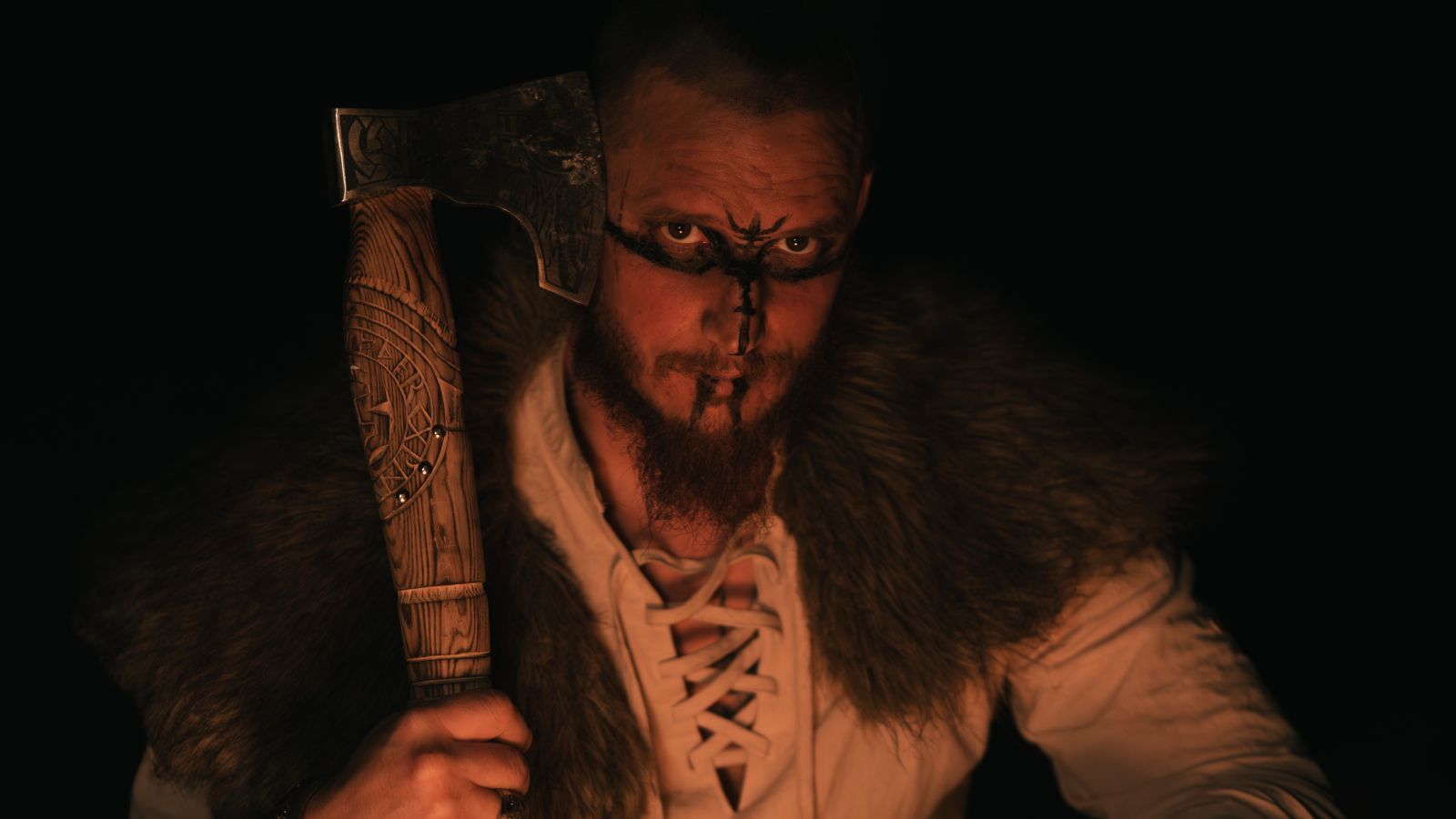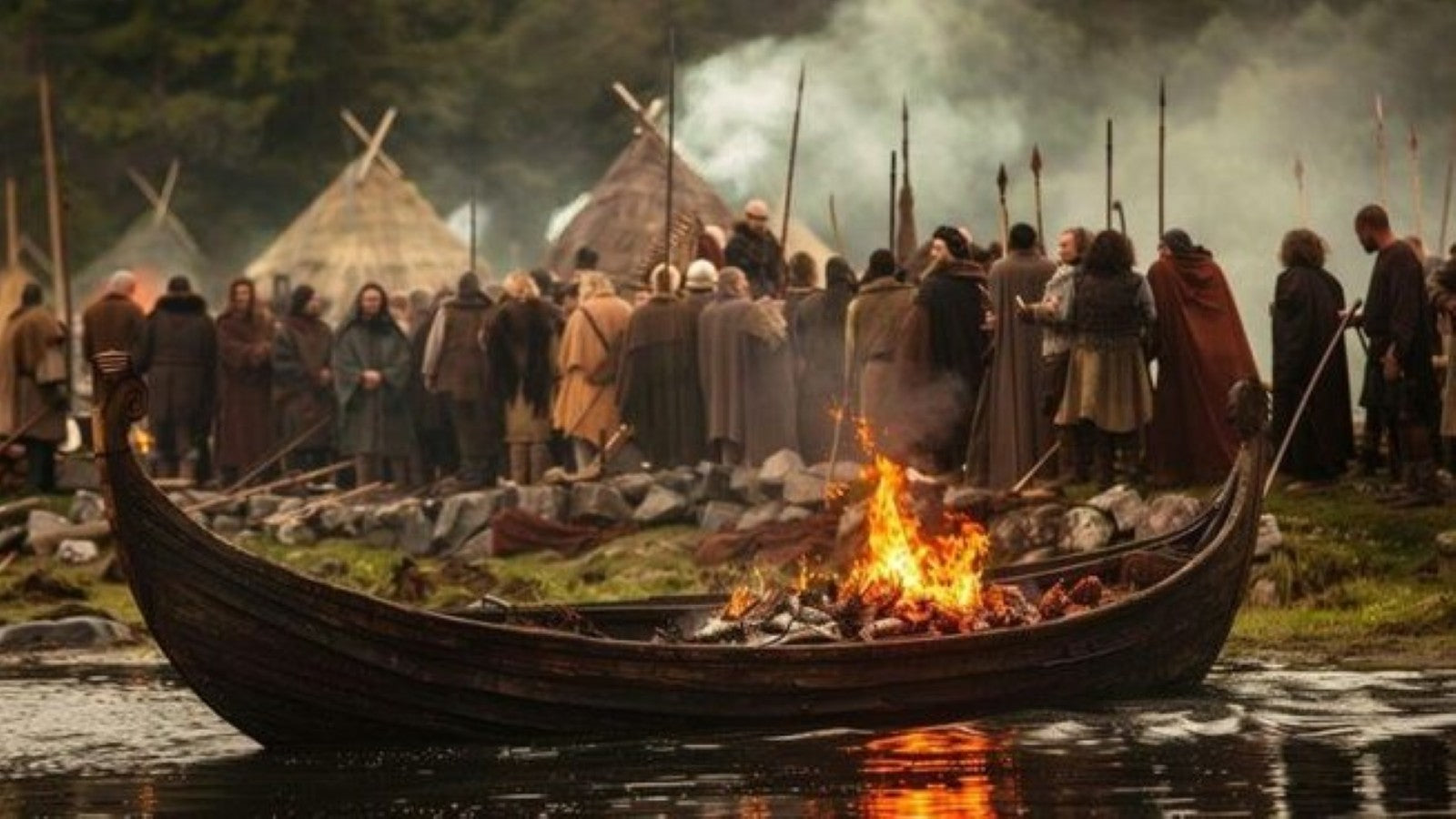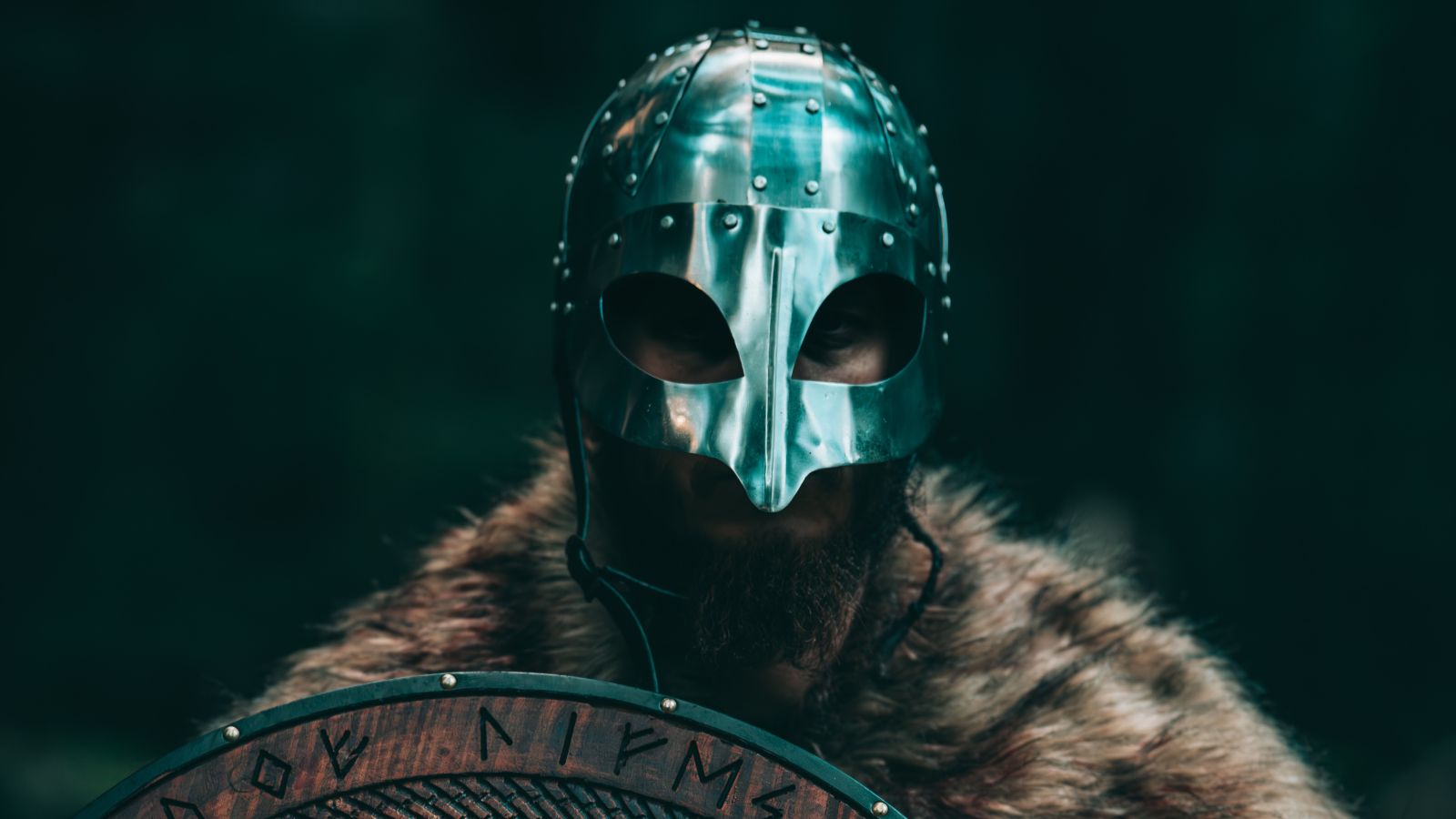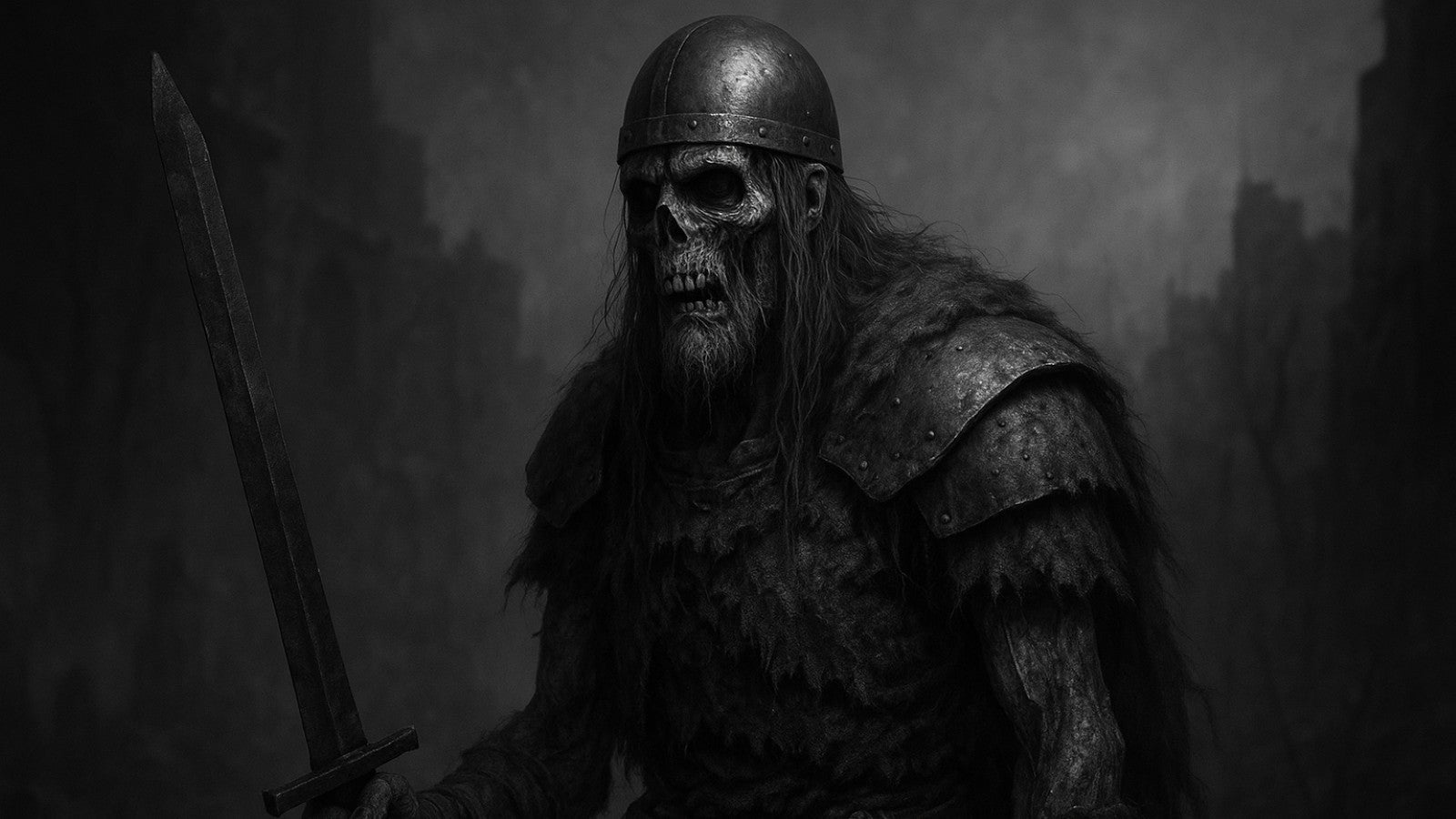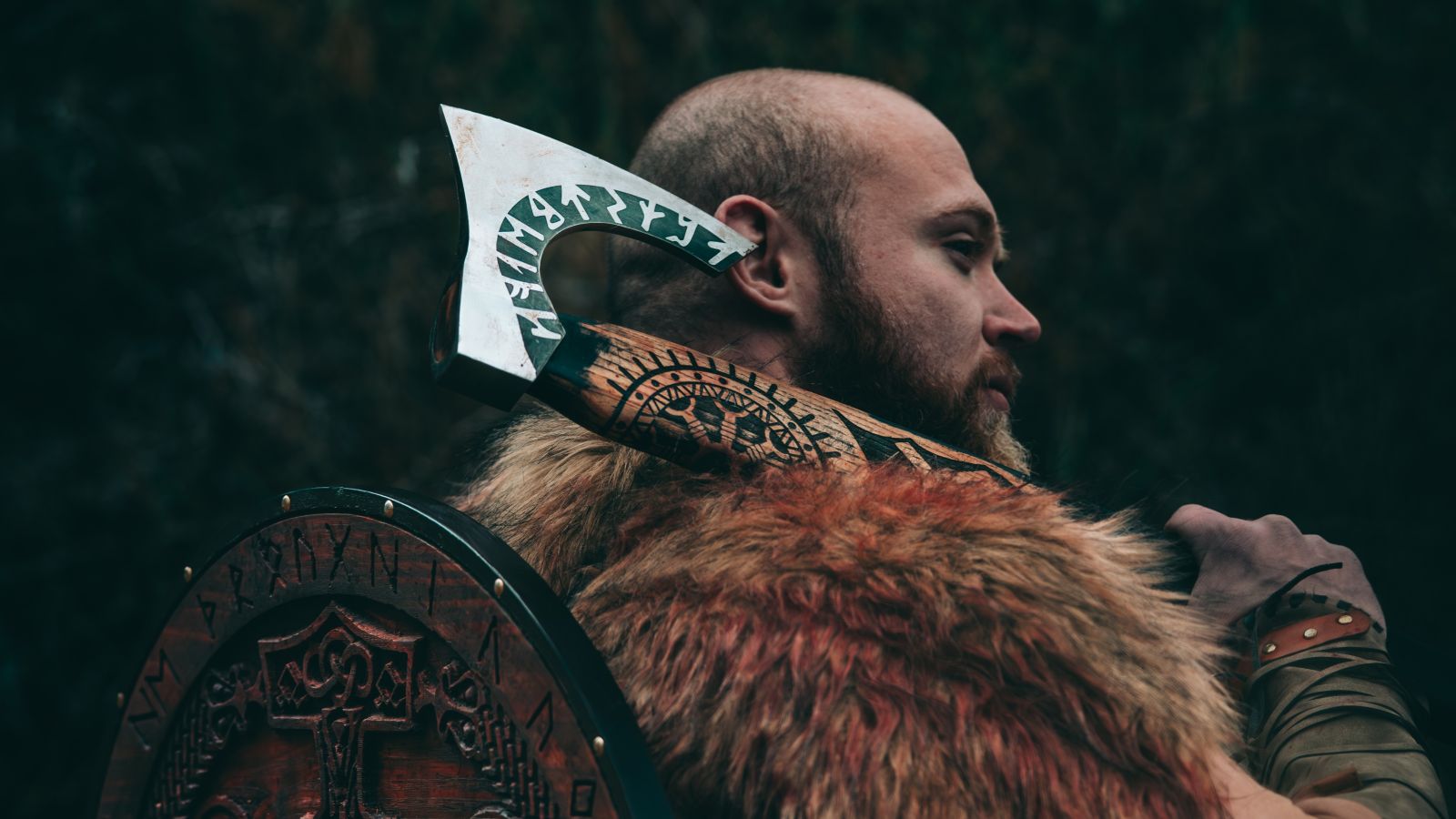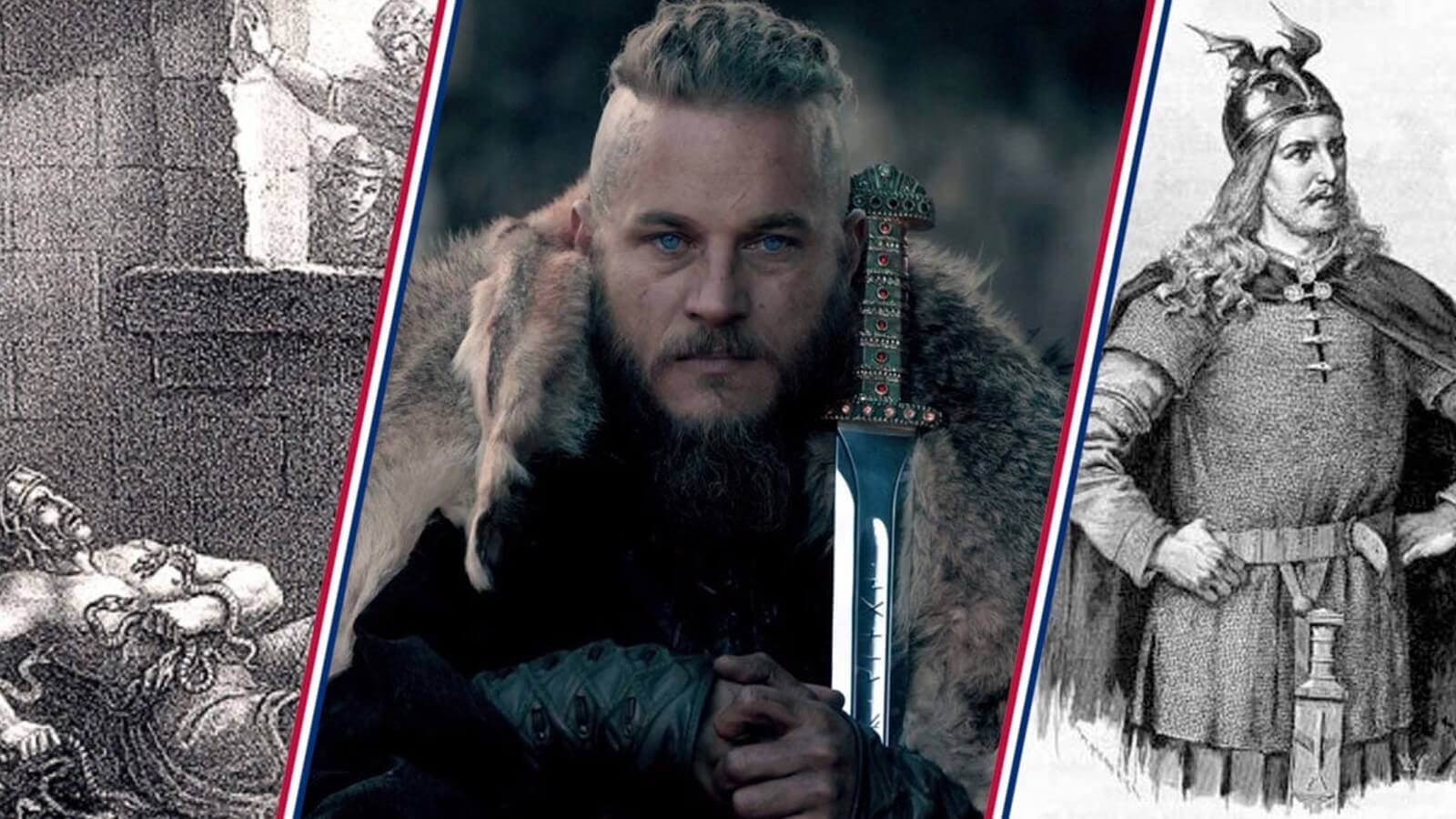
Ragnar Lothbrok — Separating the Man From the Myth
For modern-day enthusiasts of Viking culture, there is perhaps no more famous figure than Ragnar Loðbrók or Lodbrok, the main character of the popular Vikings by the History Channel. The Ragnar of Vikings, played by Travis Fimmel, is a complex and flawed character, a farmer who rises to kingship. But what of the real Ragnar?
Was Ragnar Loðbrók Real? What Did He Do?
As with anything concerning history, there’s no simple answer to this question, but there is strong evidence to suggest that there was, indeed, a Viking warrior named Ragnar. The nickname Loðbrók or Lodbrok is an Old Norse combination word meaning “Shaggy Britches.”
The earliest accounts of him from Denmark, Iceland, England, France, and Ireland all have points in which the narrative intersects, and it is there where historians can derive the truth. That being said, let’s start at the beginning.
Most accounts agree that Ragnar was the son of Sigurd Ring, a Norse King, and though accounts differ on who his mother was, the general consensus was that she was royalty of some sort. Little is known of his early life, and accounts differ on how he rose to power, but there is a common thread: his marriages.
Who Were His Wives?
Ragnar famously had three wives, according to the sagas, though there is some disagreement on who bore which of his famous sons.
These three wives: Lagertha, Thora Borgarhjört, and Aslaug, sometimes called Kráka.
According to Danish sources, Ragnar meets Lagertha in battle, killing a Swedish king. He searches for her, and she gives him one more test. The shieldmaiden says he may call on her, but she places a bear and a dog at her door. Ragnar dispatches each, and the two are wed. Lagertha bears Ragnar three children, one son, Fridleif, and two nameless daughters.
However, their marriage doesn’t last, and Ragnar leaves Lagertha, seeking Thora, a princess. According to the tales, a great serpent guarded Thora’s bower, and, preparing himself with fur trousers lined with tar and sand, Ragnar slays the serpent, wins Thora’s hand, and earns his nickname, Lodbrok.
The third marriage comes after the death of Thora and it's to the famous Aslaug. Aslaug is generally accepted as another princess or high-born. Between Thora and Aslaug, the records agree that the two women bore many of the famous “Sons of Ragnar,” including Erik, Agnar, Radbard, Dunvat, Sigurd Snake-in-the-Eye, Björn Ironside, Ivar the Boneless, Ubbe, and Hvitserk.
What of the Famous ‘Sons of Ragnar’?
It’s here where the record becomes a little more solid. In AD 865, an enormous force of Norse warriors arrives on British shores. The terrified locals dub them “The Great Heathen Army.” So formidable was this foe that the fighting came to a standstill, establishing “The Danelaw,” allowing Vikings to settle in Britain.
Many accounts, both Norse and British, cite the names of The Sons of Ragnar as leaders of this Great Heathen Army, with the general consensus that Ivar was the most terrible and cruel of them all.
We also know of the burial mounds of several of these sons, including Ivar and Björn Ironside. So, whether or not the deeds and tales of Ragnar Loðbrók are precisely accurate, these sons had to come from someone, and the accounts all seem to point to one man: Ragnar.
How Does His Tale End?
Though the Irish and Frankish accounts differ, English and Norse sources agree that Ragnar met his fate in the same way. After a life of conquering, pillaging, and laying waste to towns and civilizations, Ragnar once again makes his way to the shores of England.
Whether by hubris as in the Icelandic sagas (an effort to upstage his sons) or in a mission of vengeance (avenging the deaths of his men fallen in Ireland), Rangar returns to England to wage war on King Ælla of Northumbria.
The war does not go well. Ragnar is ultimately captured and thrown into a pit of serpents. There, he dies, and, according to a skaldic poem written centuries after his death, recounts his deeds and claims he will die laughing and enter Valhǫll to drink beer with Odin.
The Danish record then shows that Ivar, the son of Ragnar, avenges his father’s death and carves an eagle on Ælla’s back, a possible reference to the skaldic “Blood Eagle,” a terrible and gruesome torture that resulted in a slow and painful death.
So, whether Ragnar was who the sagas say he was or simply a figure designed to inspire courage in the Vikings and fear in their enemies, his legacy is undeniable. The Sons of Ragnar, and the Great Heathen Army, changed the face of Europe forever.

